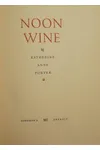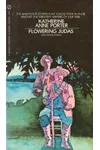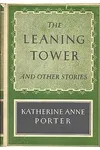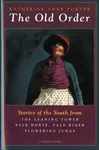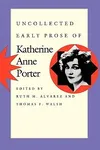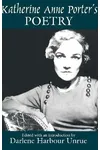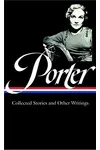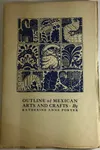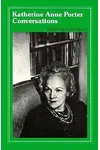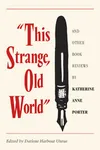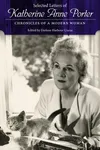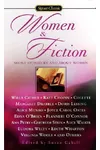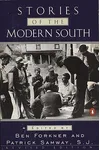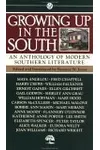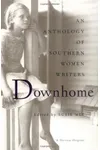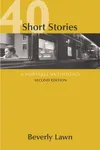Picture a Texas-born storyteller who wove tales of human struggle and sharp insight—meet Katherine Anne Porter! Born in 1890, this Pulitzer Prize-winning author transformed personal hardship into literary gold, crafting short stories and a novel that still captivate readers. Her unflinching look at life’s complexities makes her a timeless voice in American literature.
From rural Texas to the literary salons of Paris, Porter’s journey was anything but ordinary. Her lyrical prose and keen observations turned everyday moments into profound narratives, earning her a place among the 20th century’s finest writers.
The Making of Katherine Anne Porter
Born Callie Russell Porter in Indian Creek, Texas, Katherine faced early tragedy when her mother died at age two. Raised by her strong-willed grandmother, she adopted the name Katherine Anne, a nod to her influential matriarch. With little formal education beyond grammar school, she was a voracious reader, soaking up classics that fueled her literary dreams. At 16, she married John Henry Koontz, but the abusive marriage ended in divorce, spurring her to reinvent herself. By her 20s, she was working as a journalist in Chicago and Denver, surviving a near-fatal bout of influenza that shaped her later work.
Porter’s time in Mexico during the 1920s, immersed in its revolutionary fervor, ignited her writing career. Her first story, “María Concepción,” published in 1922, marked the arrival of a bold new voice, blending raw emotion with meticulous craft.
Katherine Anne Porter’s Unforgettable Stories
Porter’s short stories are her crown jewels, known for their rich texture and psychological depth. Flowering Judas and Other Stories (1930) introduced her signature style: vivid symbolism and themes of betrayal and human frailty. The title story, set in revolutionary Mexico, follows Laura, a young woman caught in a web of ideology and personal conflict, showcasing Porter’s knack for complex characters.
Pale Horse, Pale Rider (1939) is a haunting trio of short novels, with the titular story drawing from Porter’s own brush with death during the 1918 influenza pandemic. Its semi-autobiographical heroine, Miranda, grapples with love and mortality, blending dreamlike prose with stark reality. Ship of Fools (1962), her only novel, was a bestseller, satirizing a diverse group of passengers on a 1931 ocean voyage as a metaphor for the rise of Nazism. Though it drew mixed reviews, its ambitious scope cemented her reputation.
Porter’s writing is marked by elegant simplicity and Christian symbolism, often exploring dark themes like death, mistrust, and societal hypocrisy. Her stories, though few, pack the emotional weight of novels, earning her critical acclaim over commercial success.
Why Katherine Anne Porter Matters
Porter’s influence endures through her fearless exploration of human nature and her mentorship of writers like Eudora Welty. Her 1965 collection, The Collected Stories of Katherine Anne Porter, won both the Pulitzer Prize and National Book Award, solidifying her as a master of the short story. Her Texas roots and global experiences gave her a unique lens, challenging readers to confront uncomfortable truths about society and themselves.
Her legacy lives on in university archives, like the Katherine Anne Porter Room at the University of Maryland, and in the continued study of her work. For writers, she’s a reminder that precision and passion can create stories that resonate across generations.
About Katherine Anne Porter
- Born: May 15, 1890, Indian Creek, Texas
- Died: September 18, 1980, Silver Spring, Maryland
- Key Works: Flowering Judas, Pale Horse, Pale Rider, Ship of Fools
- Awards: Pulitzer Prize, National Book Award (1966)
Snag Pale Horse, Pale Rider and dive into Katherine Anne Porter’s haunting world of lyrical prose and human truths!

